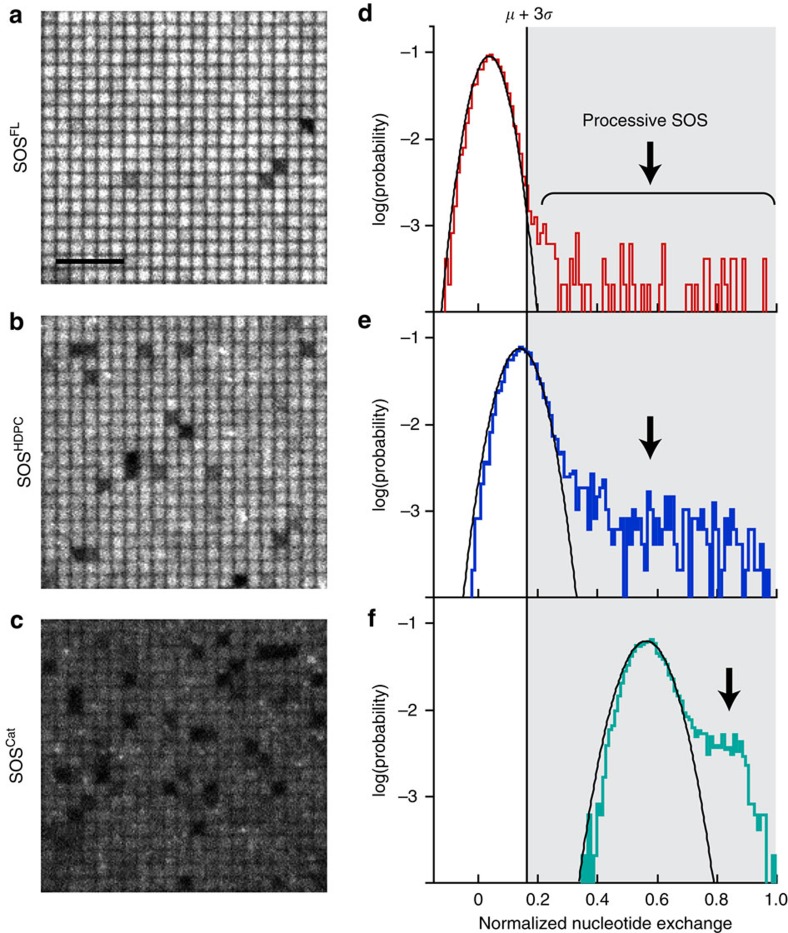Figure 3. The PR domain suppresses activation of SOS.
Fluorescent nucleotide-loaded Ras on a partitioned bilayer was constantly exposed to 1 nM SOS for 10 min. Epifluorescence images of Ras-functionalized bilayer catalysed by (a) SOSFL, (b) SOSHDPC and (c) SOSCat. Normalized nucleotide exchange probability distributions of (d) SOSFL, (e) SOSHDPC and (f) SOSCat. The distributions are acquired from surface fluorescence intensities of 4,800 corrals for each SOS construct. The major populations, showing weak nucleotide exchange, are adequately fitted by Gaussian distributions. The second, minor populations correspond to high nucleotide exchange driven by highly processive SOS. The hypothetical activation threshold (μ+3σ) is set between these two populations for SOSFL. Lipid composition (in mol%): egg-PC/MCC-DOPE/DOPS=94/3/3. Surface density of Ras: ∼280 μm−2. Scale bar, 5 μm.

